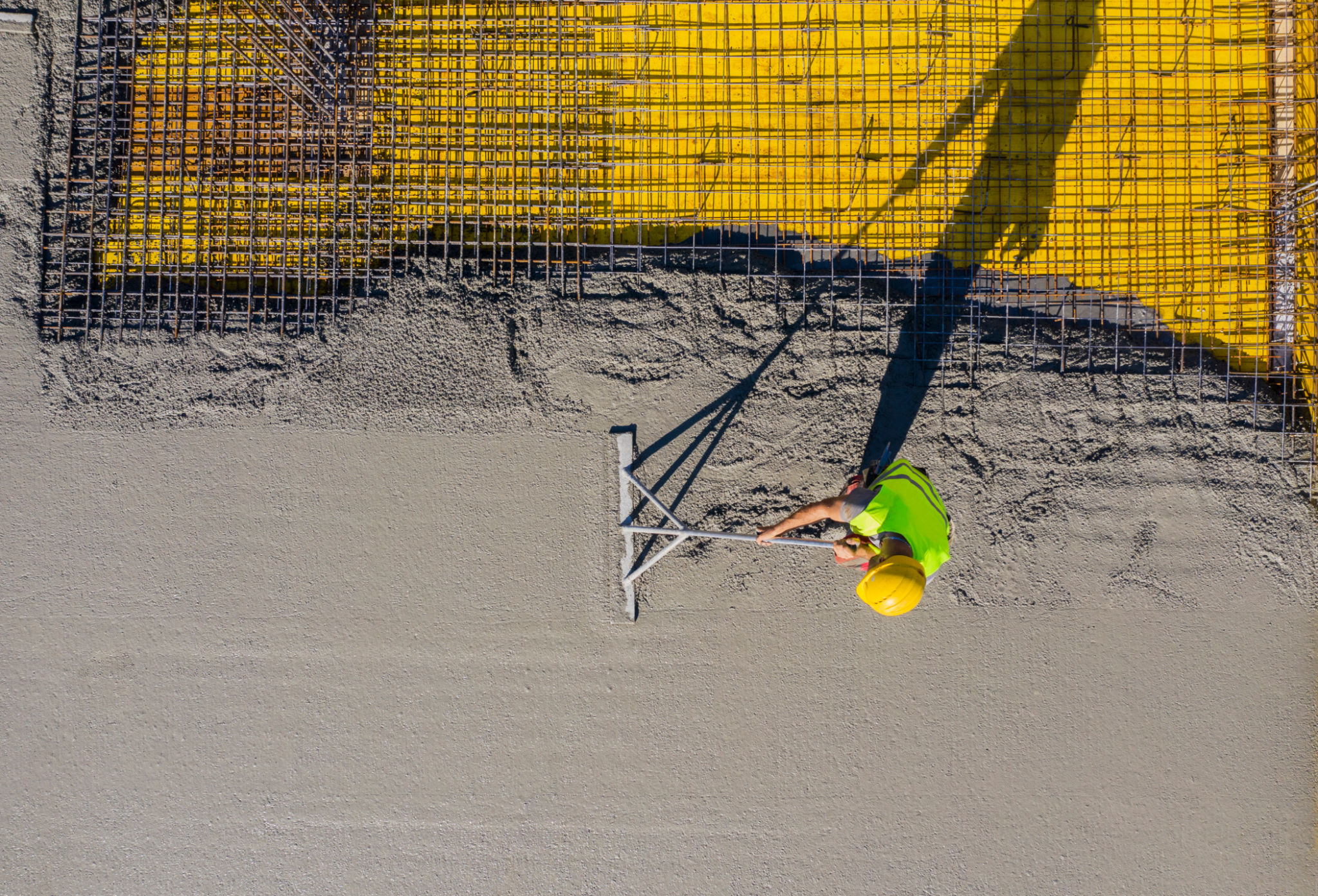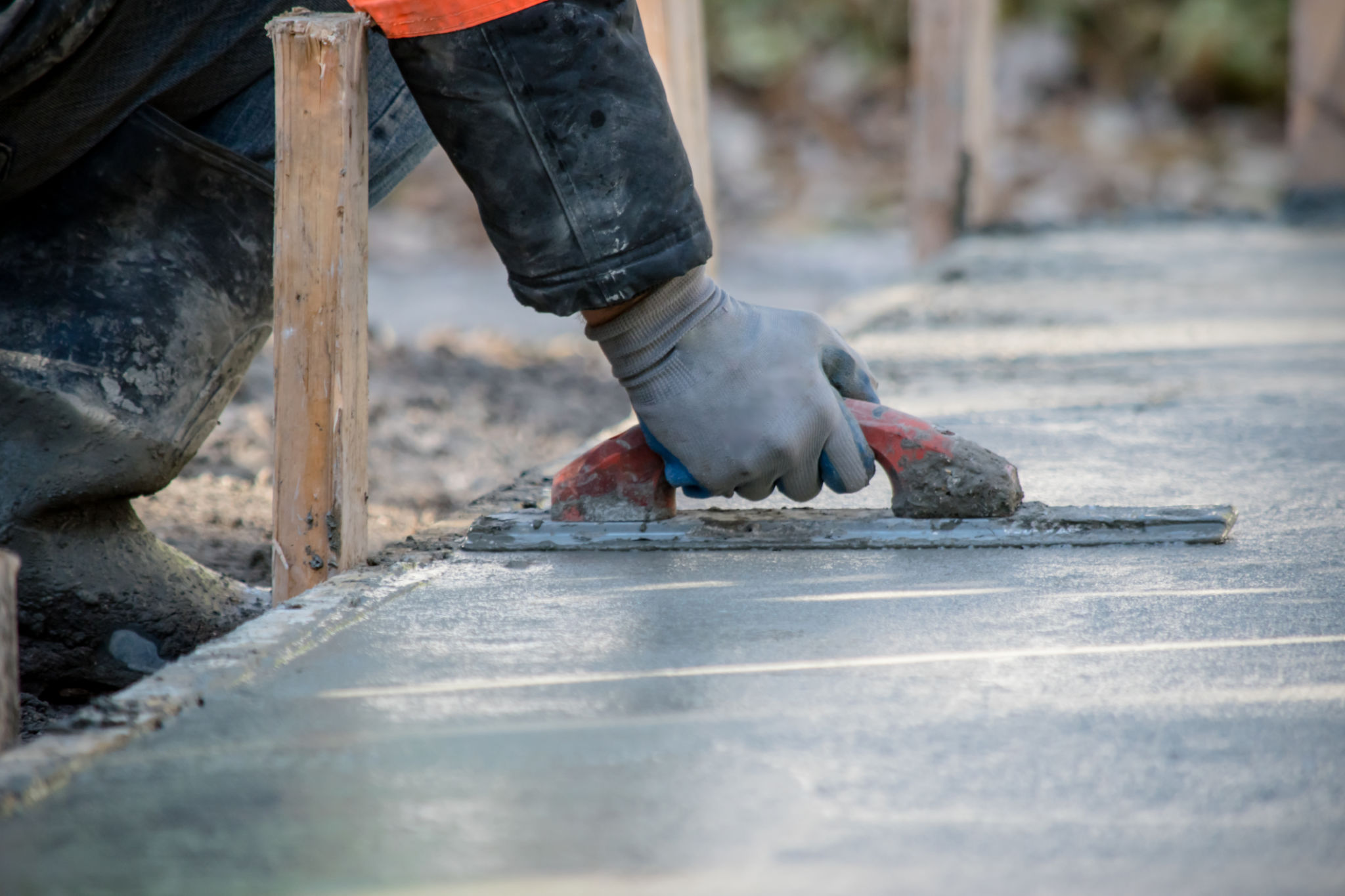Lehigh Valley Concrete Experts Share Tips for DIY Home Projects
HS
Understanding the Basics of Concrete
Concrete is a versatile material that can be used for a variety of home projects, from walkways to patios. Before diving into a DIY project, it's essential to understand the basic components of concrete: cement, water, and aggregates. The mixture's proportions significantly affect the concrete's durability and strength.
Lehigh Valley Concrete Experts suggest starting with a simple project to familiarize yourself with the mixing process. This foundational knowledge will help ensure your project stands the test of time.

Gathering the Right Tools and Materials
Having the right tools on hand can make or break your DIY concrete project. Essential tools include a mixing container, a shovel or mixing tool, a float, and a trowel. Depending on the project's size, you may also need a wheelbarrow, level, and safety gear like gloves and goggles.
When purchasing materials, calculate the amount of concrete mix you’ll need by measuring the project area. Buying slightly more than needed is wise to account for any errors or mishaps during the process.
Choosing the Right Mix
The type of concrete mix you choose depends on your project's requirements. For example, if you're building a patio or a pathway, you'll need a mix that can withstand weather conditions and heavy foot traffic. Ready-mix concrete is often recommended for beginners due to its ease of use.

Preparing Your Work Area
Preparation is key to successful concrete work. Begin by clearing the area of debris and ensuring it's level. If you're creating a new surface, such as a patio, outline the area with stakes and string to guide your work.
Next, consider whether you need a base layer of gravel or sand. This layer helps with drainage and provides a stable foundation for your concrete pour.
Mixing and Pouring Concrete
When you're ready to mix, follow the instructions on your concrete mix packaging carefully. Adding too much or too little water can compromise the strength of your finished product. Mix until you achieve a uniform consistency.

Pour the concrete into your prepared area, starting from one end and working your way across. Use a float to smooth the surface, removing any air pockets that might weaken the structure.
Curing and Finishing Touches
Curing is a critical step in ensuring your concrete reaches its maximum strength. This process involves keeping the concrete moist and at an appropriate temperature for several days after pouring.
To add a personal touch, consider using stamps or dyes to create patterns or color variations in your concrete surface. These finishing touches can enhance the aesthetic appeal of your project.
Maintenance Tips
Once your project is complete, maintain its appearance and integrity with regular cleaning and sealing. Sealants help protect against weather damage and staining, prolonging the life of your concrete surfaces.
By following these expert tips from Lehigh Valley Concrete Experts, you'll be well on your way to completing successful DIY home projects that you can be proud of.
